By Ed Boitano. Photographs and video by Deb Roskamp.
My three long weeks in London and England’s North was about to close. I had covered a lot, experienced much and my education was well rewarded.
My choice for the grand finale was easy. It was a place, like many dreamers before me had dreamed and visited; and now, a few miles from Carlisle, Cumbria, my dream was fulfilled.
The Lake District is England’s largest National Park and UNESCO World Heritage Site. Covering 912 square miles, it is home to more than 200 spectacular mountains and fells (hills), along with lakes, rivers and small tarns, surrounded by thriving towns and historic monuments. It is landscape that has inspired numerous great works of art.
Below you’ll see a collection of photographs and a video by T-Boy photographer, Deb Roskamp, set to the poetry and prose of what has become loosely known as the Romantic Lake District Movement.
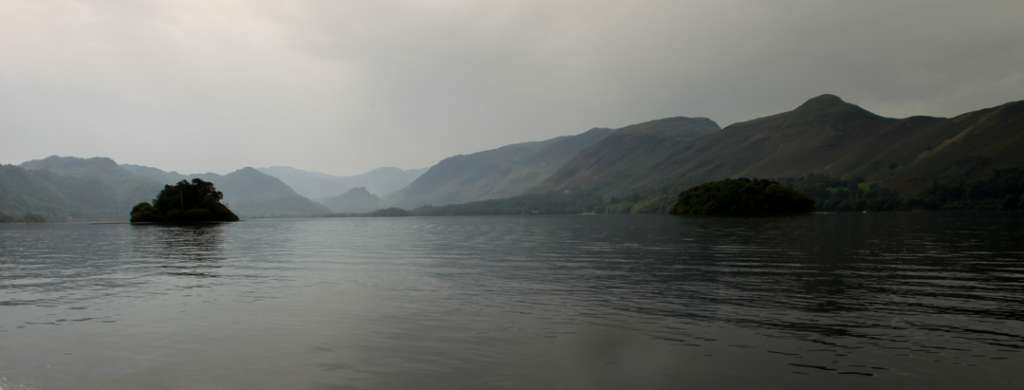
Poetry is composed of the best words in the best order. When we write, we string words together like beads, ever mindful of color and shape, the powerful nuances of meaning each word conveys. – Samuel Taylor Coleridge in 1827.
We have hills which, seen from a distance almost take the character of mountains, some cultivated nearly to their summits, others in their wild state covered with furze and broom. These delight me the most as they remind me of our native wilds. – Dorothy Wordsworth, the sister of William Wordsworth.
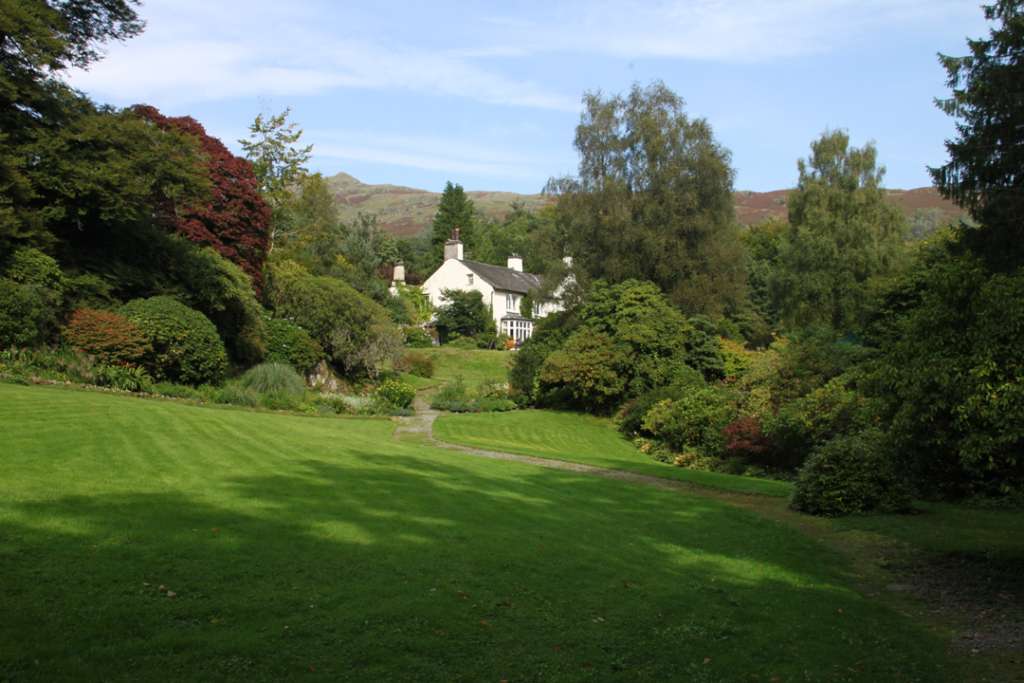
Tintern Abbey
By William Wordsworth
Five years have past; five summers, with the length
Of five long winters! and again I hear
These waters, rolling from their mountain-springs
With a soft inland murmur. – Once again
Do I behold these steep and lofty cliffs
William Wordsworth (1770 -1850) was an English Romantic poet who, along with Samuel Taylor Coleridge, launched the Romantic Age in English literature with their joint publication Lyrical Ballads, with a Few Other Poems. His life were dominated by his experiences of the countryside around the Lake District. Throughout this period many of Wordsworth’s poems revolved around themes of endurance, separation and grief – but written in a vernacular that the common man used each day. Wordsworth was Britain’s Poet Laurate from 1843 until his death.
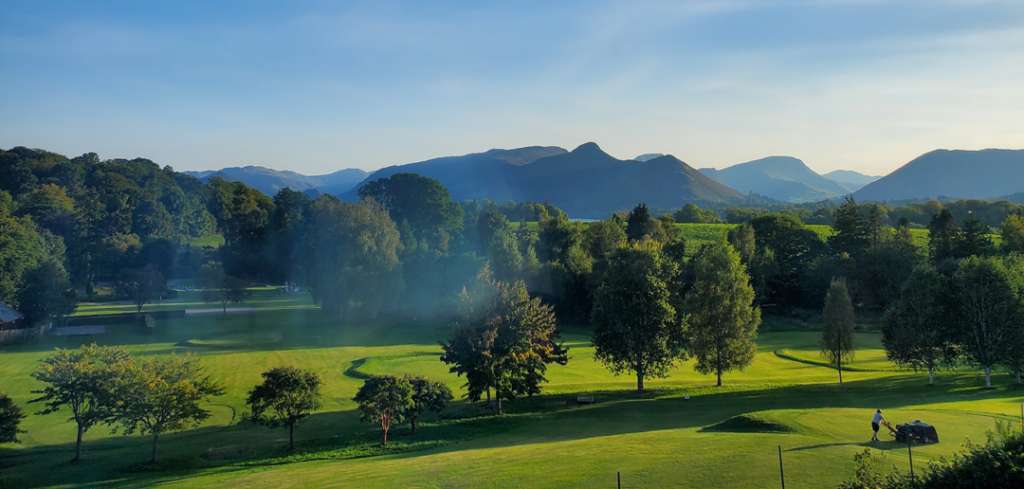
Daffodils
By William Wordsworth
I wander’d lonely as a cloud
That floats on high o’er vales and hills,
When all at once I saw a crowd,
A host of golden daffodils,
Beside the lake, beneath the trees
Fluttering and dancing in the breeze
(Also called I Wandered Lonely as a Cloud)
Ernst Behler, author of The Origins of the Romantic Literary Theory, wrote that Wordsworth’s poetic philosophy invoked the basic feeling that a human heart possesses and expresses. He had reversed the philosophical standpoint by “creating the characters in such an environment so that the public feels them belonging to the distant place and time.”
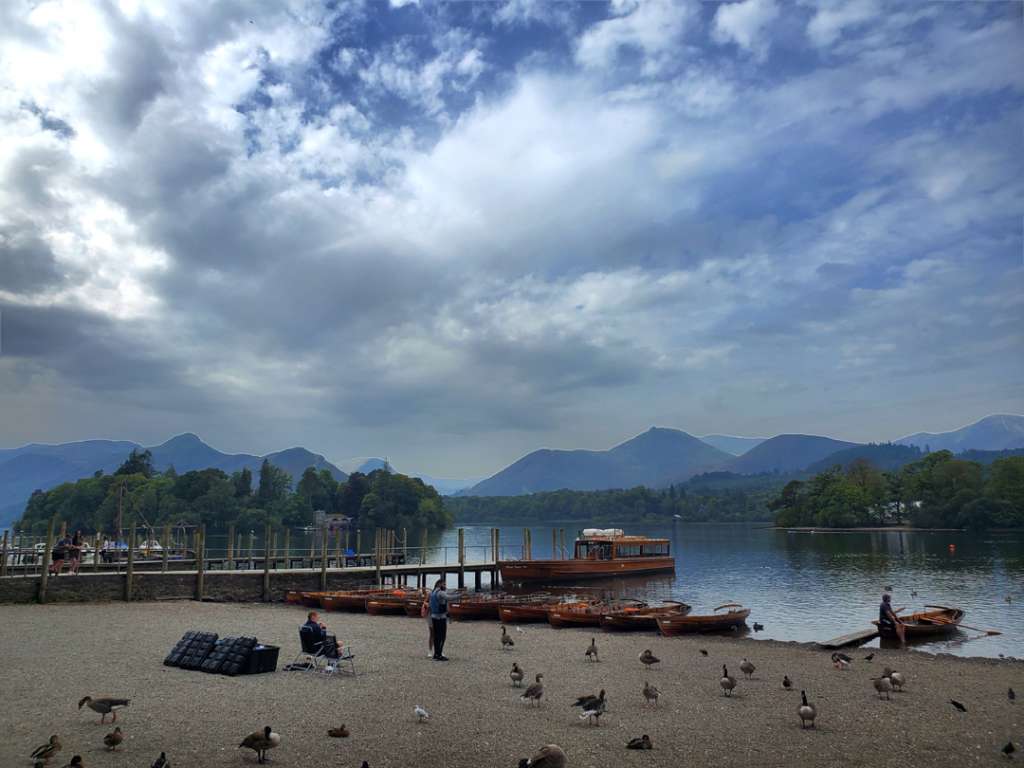
Epistle to Sir George Howland Beaumont, BART
By William Wordsworth
Far from our home by Grasmere’s quiet Lake,
From the Vale’s peace which all her fields partake,
Here on the bleakest point of Cumbria’s shore
We sojourn stunned by Ocean’s ceaseless roar
William Wordsworth used conversational language in his poetry to let the poet ‘I’ merge into ‘We’. This conversational tone persists throughout his poetic journey where he speaks in a communion with mass society, whose purpose will ultimately serve humanity.
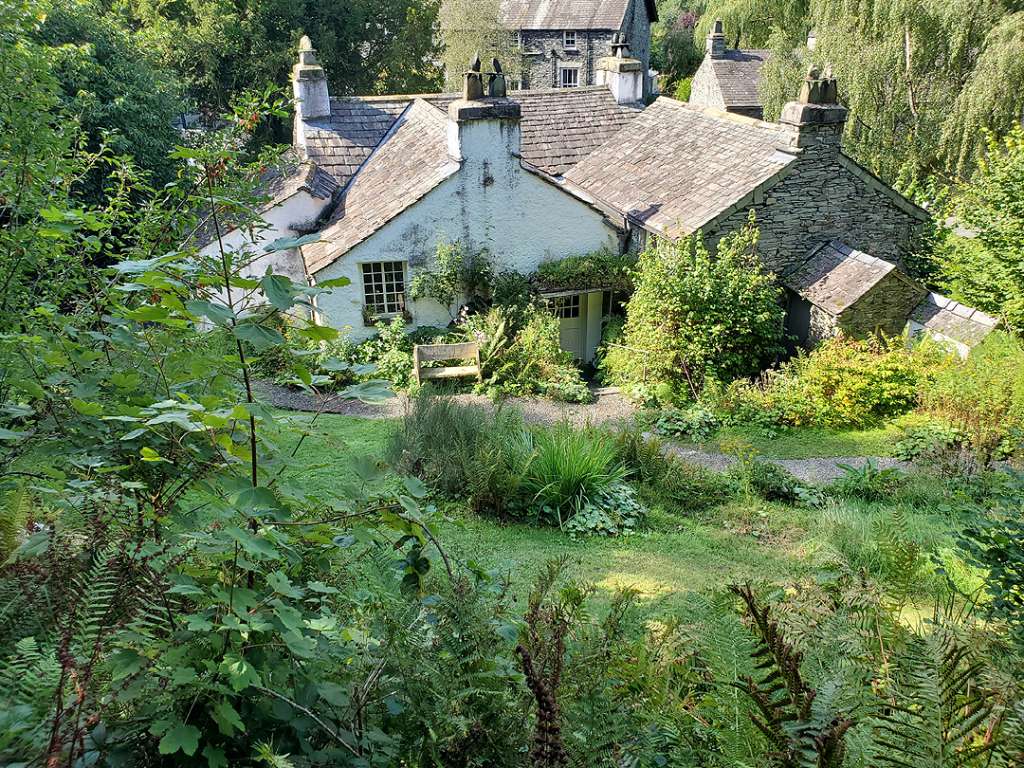
The Cataract of Lodore
By Robert Southey
From its sources which well
In the tarn on the fell;
From its fountains
In the mountains,
Its rills and its gills;
Through moss and through brake,
It runs and it creeps
For a while, till it sleeps
In its own little lake.
Robert Southey (1774 -1843) was an English poet of the Romantic School, and Britain’s Poet Laurate from 1813 until his death. Like the other Lake Poets, Southey began as a radical but became steadily more conservative as he gained respect for Britain and its institutions.
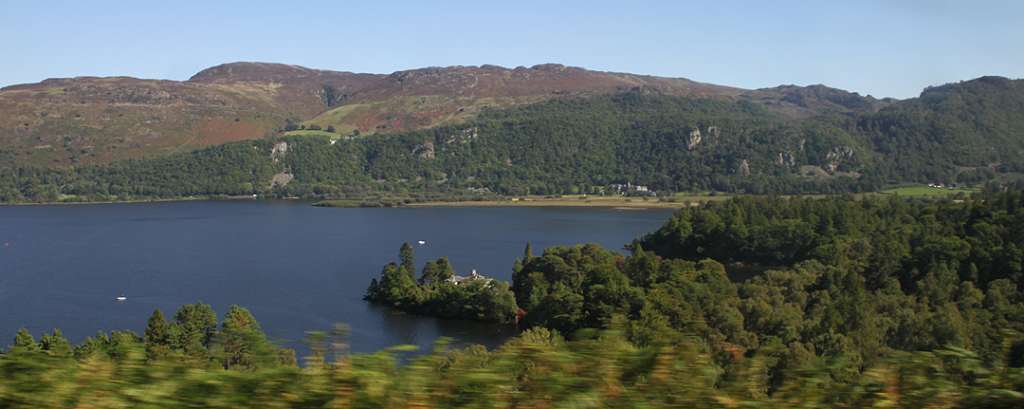
Give me a map to look at, and I am content. Give me a map of country I know, and I am comforted: I live my travels over again; step by step, I recall the journeys I have made; half-forgotten incidents spring vividly to mind, and again I can suffer and rejoice at experiences which are once more made very real. Old maps are old friends, understood only by the man with whom they have traveled the miles. – Alfred Wainwright
Alfred Wainwright (1907-1991) was a British fellwalker, mapmaker, guidebook author and illustrator. His seven-volume Pictorial Guide to the Lakeland Fells, published between 1955 and 1966, consisted entirely of reproductions of his manuscript, has become the standard reference work for 214 of the fells of the Lake District.
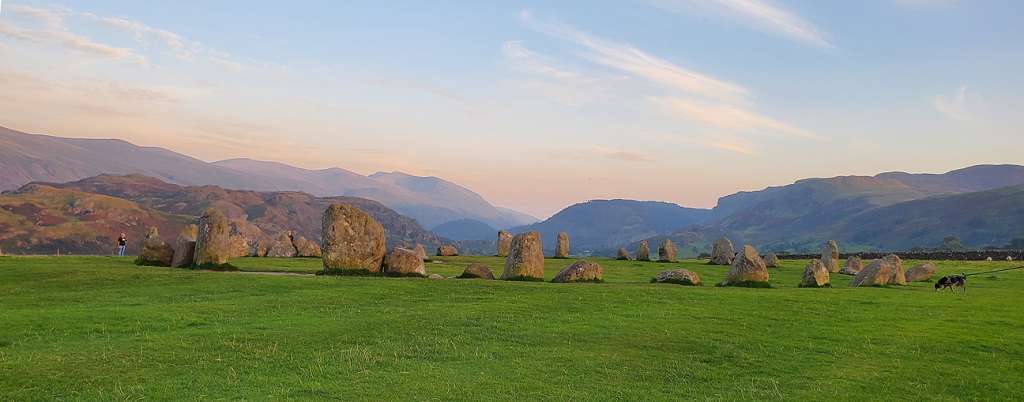
Scarce images of life, one here, one there,/Lay vast and edgeways; like a dismal cirque/Of Druid stones, upon a forlorn moor…
– John Keats. Taken from Hyperion, a passage believed to be about Castlerigg Stone Circle or perhaps a Druid Stone Circle a mile apart.
On the Road to Castlerigg
A turn on a small dirt road led us to Castlerigg Stone Circle. It was close to twilight and a long stretch of parked cars, vans and campers were already waiting, perhaps for hours, to witness that magic moment when the sun sets above the Stone Circle. Soon, people rushed from their parked vehicles, where they had been speaking on mobile phones, watching TV and cooking dinner, and we joined along with them, basking in the euphoric splendor.
Deb Roskamp’s videographic experiment taken for the center of Castlerigg Stone Circle.
Castlerigg Stone Circle is situated on a prominent hill to the east of Keswick, and is believed to be one of 1,300 stone circles in the British Isle and in Britanny, France. It was constructed in the late Neolithic to early Bronze Age around 3200 BCE, a period that lasted approximately from 3,200 to 2500 BCE, and is considered one of earliest stone circles in Britain and Western Europe. Many historians believe that the Castlerigg Stone Circle predates the better-known Stonehenge prehistoric stone circle by 500 years.
Much of our knowledge comes from18th-century antiquarians, who have assumed that the reason for its construction is its link to the Neolithic Langdale axe industry in the nearby Langdale fells, where Castlerigg was a place for trade or exchange of axes.
Castlerigg has no discernible solar alignments, nor any pagan Druid connection or modern New-Age religious movements. Nevertheless, it remains a popular site to visit during solstice celebrations, where its plateau forms a high natural amphitheater due to the surrounding hills, and, from within the circle, you can see some of the highest peaks in Cumbria. Every year, thousands of tourists travel to the site, making it the most visited stone circle in Cumbria.
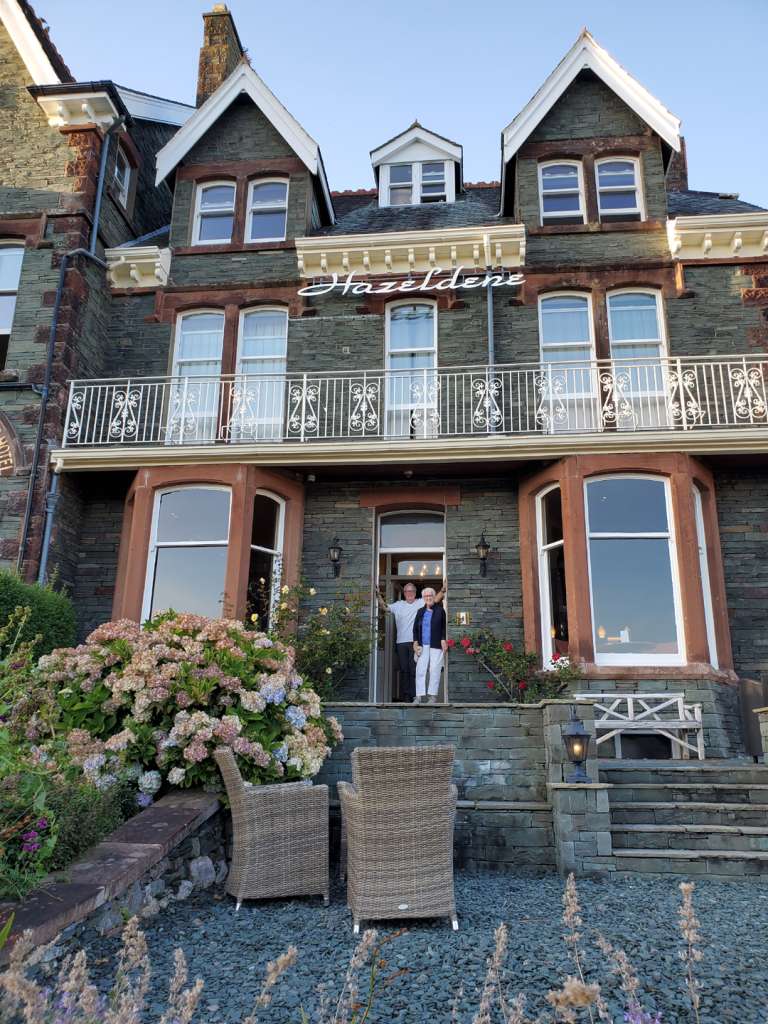
Post Script: Where to stay in the Lake District
Securing an electric rental in Carlisle was akin to stepping into a computer with four wheels in comparison to our own hybrids back in the states. Our California education of the rules of the British road led to confusion, in particular trying to access roundabouts, and then meet with rushing traffic. But soon the road transitioned into a leafy one lane highway, with rivers, lakes, mountains and small villages on each side. We had informed many of our new Carlisle friends our plans to lodge in Lake District’s village of Keswick at a boutique hotel known as The Hazeldene. Our comments were meet with an enthusiastic yes! Word of mouth is always the best form of advertising, and dare I now advertise a stay at The Hazeldene, where we were meet by a charming staff who never said no.
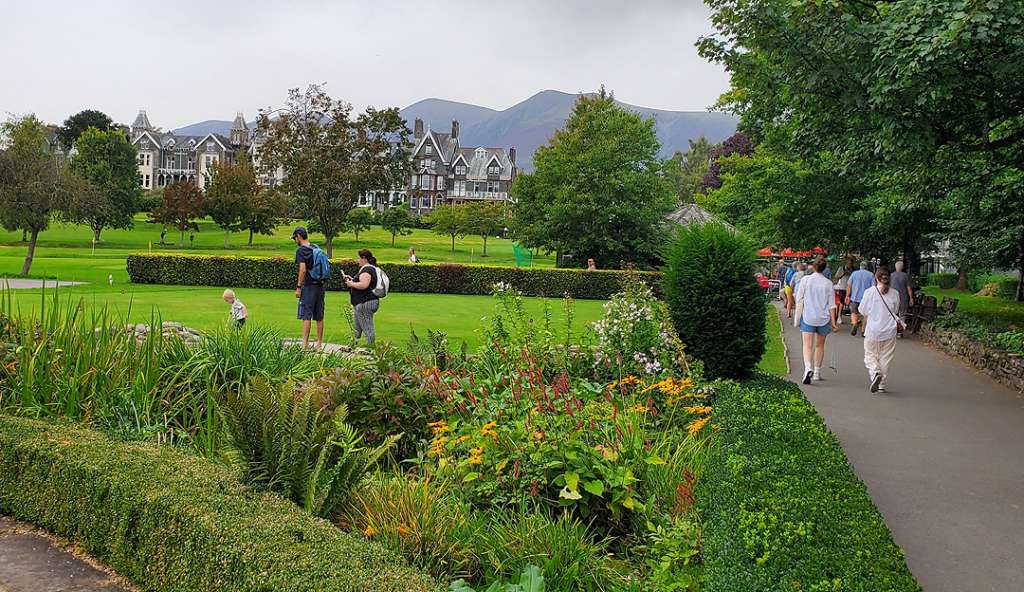
The Hazeldene, built in 1892, is perfectly situated both on the edge and in the heart of Keswick. A five-minute stroll north and you’re within the village’s shops and restaurants, and a short walk away you can dip your toes in the refreshing waters of Derwentwater. With amazing views in every direction – the Borrowdale and Newlands fells to the south and Skiddaw to the north – The Hazeldene offered the ideal location for me to pause, rejuvenate and reflect on my three weeks in England. For further information about The Hazeldene: https://thehazeldene.co.uk.
Visit the series at:
What’s New and Old in London, Part I
What’s New and Old in London, Part 2
What’s New & Old in England’s North
Hadrian’s Wall: All Roads Really do Lead to Rome
There’s no such thing as bad weather, only unsuitable clothing. – Alfred Wainwright























Mike
January 21, 2024 at 2:29 pm
Beautiful article. Beautiful photography.
Elizabeth
January 23, 2024 at 9:26 am
A different side of you Mr. Boitano. I didn’t reakize your fondness for poetry until now. What a glorious article.
Shelby
January 24, 2024 at 4:04 pm
A romantic escape. Definitely a place far from the madding crowd and close to the hearts of poets and artists.
Melinda Brown
February 1, 2024 at 8:46 am
I enjoyed this beautiful and peaceful visual vacation to the Lake District of England…. Your words, photos, video, and wonderfully selected poetry brought quietness and contentment to my soul… thank you!